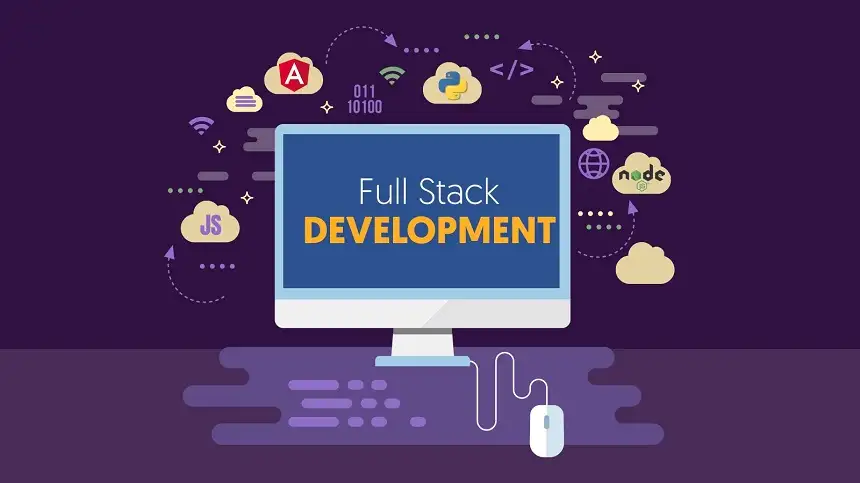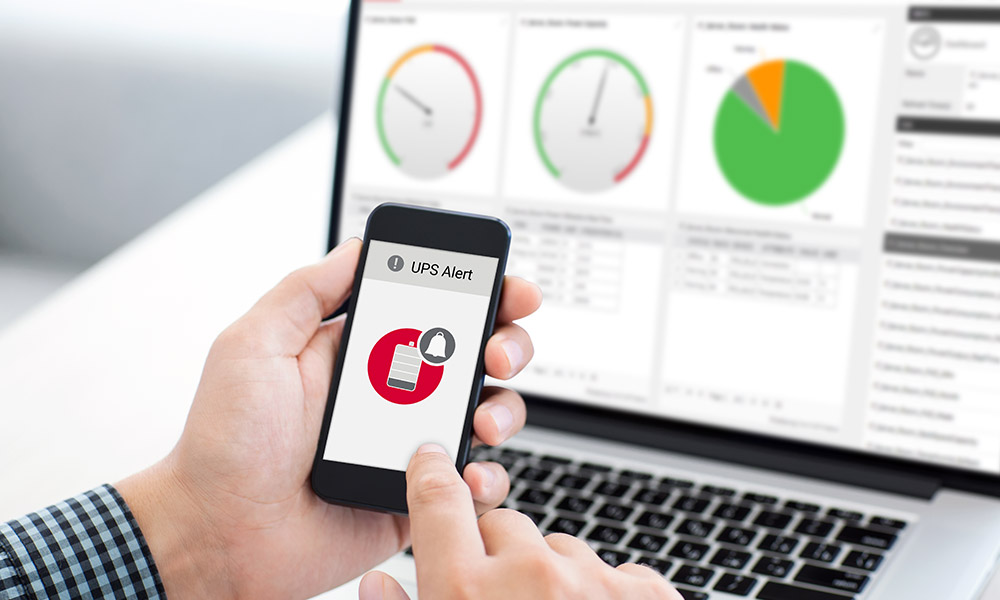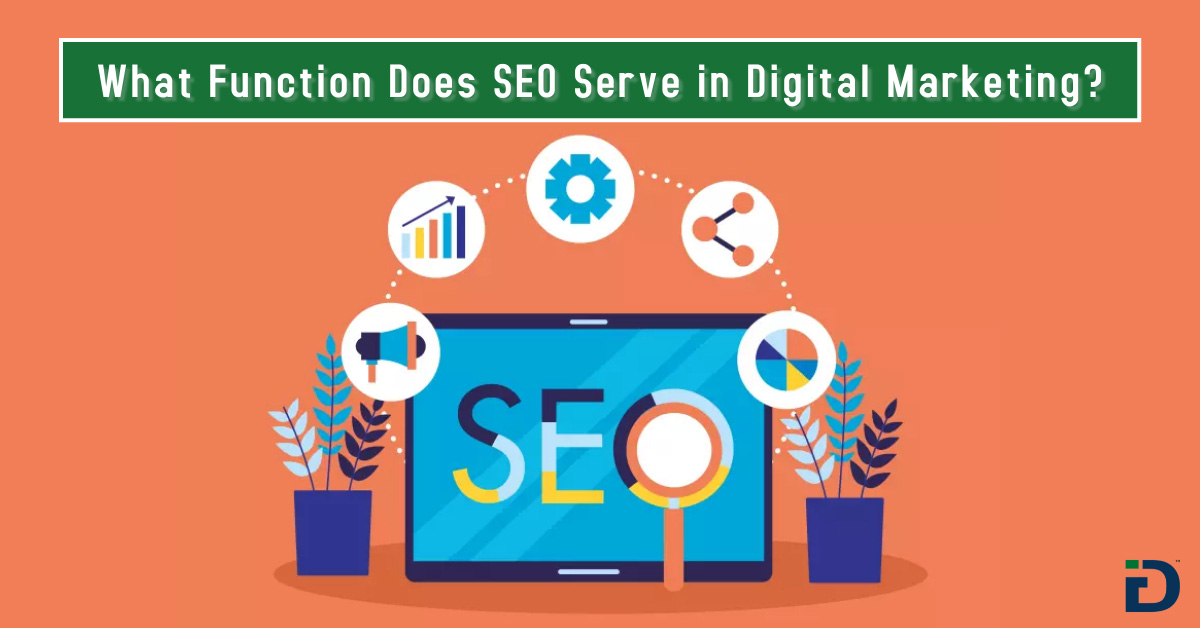In today’s digital world, data is one of the most valuable things a company can have. But with that comes a great responsibility to protect that data. The General Data Protection Regulation, or GDPR, is a law from the European Union that sets rules for how companies collect, store, and use personal data. If your full stack application deals with data from users in the EU, you need to make sure your app follows these rules.
For full stack developers, building GDPR-compliant applications is not just about writing good code. It’s about understanding how data moves through your application and making sure every step respects users’ privacy rights. This might sound complicated, but with some planning and the right approach, it becomes easier to manage.
If you’re learning web development, these topics are usually covered in a full stack developer course in Hyderabad, where students are taught both frontend and backend skills along with real-world data privacy practices. Let’s take a simple look at what GDPR is and how you can build applications that follow its rules.
What Is GDPR?
GDPR stands for General Data Protection Regulation. It is a law that came into effect in May 2018. It applies to any business that collects or uses data from people living in the European Union. This includes websites, mobile apps, and online services—even if the company is based outside of Europe.
The main goal of GDPR is to give people control over their personal data. It also makes sure that businesses handle this data in a safe and transparent way.
Some of the key rules under GDPR are:
- Ask for clear permission before collecting personal data
- Allow users to view, update, or delete their data
- Only collect the data you really need
- Protect data using secure methods
- Tell users quickly if there is a data breach
What Is Personal Data?
Personal data is any information that can identify a person. This includes:
- Name
- Email address
- IP address
- Phone number
- Location
- Photos
- Bank details
If your app collects any of this, then you need to make sure it is GDPR-compliant.
How Data Flows in a Full Stack Application
In a typical full stack application, data flows between different layers:
- Frontend – This is what the user sees, like forms or profile pages
- Backend – This is where data is stored, processed, and managed
- Database – This holds the actual data
- APIs and Third-Party Services – These are extra tools your app might use (like sending emails or collecting analytics)
At each step, you need to make sure personal data is handled carefully and in a way that follows GDPR rules. Students taking a developer course often build projects that help them understand this complete data flow from frontend to backend.
Key Steps to Make Your App GDPR-Compliant
Let’s break down the steps you can take to ensure your full stack app follows GDPR rules.
1. Ask for Clear Consent
Before collecting any personal data, your app must ask for the user’s permission. This should be done in a clear and easy-to-understand way.
For example, if a user signs up on your website, include a checkbox that says: “I agree to the privacy policy.” The checkbox should not be selected by default.
Also, the privacy policy should explain what data you’re collecting, why you need it, and how it will be used. Keep it simple and honest.
2. Collect Only What You Need
Under GDPR, you should only collect data that is needed for your app to work properly. If you’re building a blog website, you might only need the user’s name and email.
Avoid asking for information like phone numbers or birthdates unless it’s necessary. This reduces your responsibility and lowers the risk if there is ever a data leak.
This principle is often called “data minimization” and it’s one of the most important ideas in GDPR.
3. Store Data Securely
Make sure any personal data is stored in a secure way. Here are some best practices:
- Use HTTPS to protect data during transfer
- Hash and encrypt sensitive data like passwords
- Restrict who in your group can access the data
- Store only what you need, and delete old or unused data
Tools like bcrypt for password hashing or SSL certificates for secure communication are often introduced in a developer course in Hyderabad. These are must-know tools for developers working with user data.
4. Let Users Access and Delete Their Data
GDPR gives users the right to see their data, update it, and even delete it. Your application should have a way to do this easily.
For example:
- A profile page where users can see and change their data
- A “Delete Account” button that removes all their personal data from your servers
If a user asks to have their data deleted, you must do it within a reasonable time, usually 30 days.
5. Use Third-Party Services Carefully
Many full stack apps use third-party tools, like email marketing services or analytics platforms. If these tools collect user data, you need to make sure they are GDPR-compliant too.
Always check the privacy policy of any third-party service you use. Make sure they follow GDPR rules and have a Data Processing Agreement (DPA) in place.
Only share the minimum amount of data needed with these tools. For example, don’t send full names or personal details if all the tool needs is an email address.
6. Handle Data Breaches Properly
If your app is hacked or loses data by mistake, GDPR says you must inform users and the authorities within 72 hours.
To prepare for this, set up:
- Security logs to detect problems early
- A system to alert your team quickly
- A backup plan to recover lost data
These are some of the advanced topics that are taught in professional developer courses, especially those that focus on building real-world secure applications.
Example: A GDPR-Compliant Signup Process
Let’s say you are building a user registration system. Here’s how to make it GDPR-compliant:
- The user fills in a form with name and email
- A checkbox asks them to agree to the privacy policy
- After they click “Sign Up”, their data is sent over HTTPS
- The password is hashed and keeped in the database
- The backend logs the date and time of their signup
- The user can visit a profile page to update or delete their data
This simple setup already follows many GDPR rules. And it becomes even better when paired with secure development practices and regular audits.
Making GDPR Part of Your Development Process
GDPR is not something you only do once. It should be part of how you build and manage apps. Here are a few ways to do that:
- Include data privacy checks in your code reviews
- Keep your privacy policy up to date
- Train your team on GDPR rules
- Review your app regularly to find and fix privacy issues
Students who attend a developer course in Hyderabad often get exposure to these ideas during their project work and internships. These courses teach students how to build not just working apps, but responsible and secure ones.
Conclusion
Building GDPR-compliant data flows in full stack applications is all about respecting the user’s privacy. It means being honest about what data you collect, why you need it, and how you keep it safe. While it may seem like a lot of extra work, following these rules helps you build trust with your users and avoid legal trouble.
The good news is that many of the skills you need to follow GDPR—like using encryption, secure APIs, and data validation—are already part of being a good developer. And if you’re still learning, a full stack developer course can guide you through all of this step by step.
Whether you’re making a simple web app or a large platform, keeping data privacy in mind from the beginning will help you create safer and more user-friendly applications.
Contact Us:
Name: ExcelR – Full Stack Developer Course in Hyderabad
Address: Unispace Building, 4th-floor Plot No.47 48,49, 2, Street Number 1, Patrika Nagar, Madhapur, Hyderabad, Telangana 500081
Phone: 087924 83183




